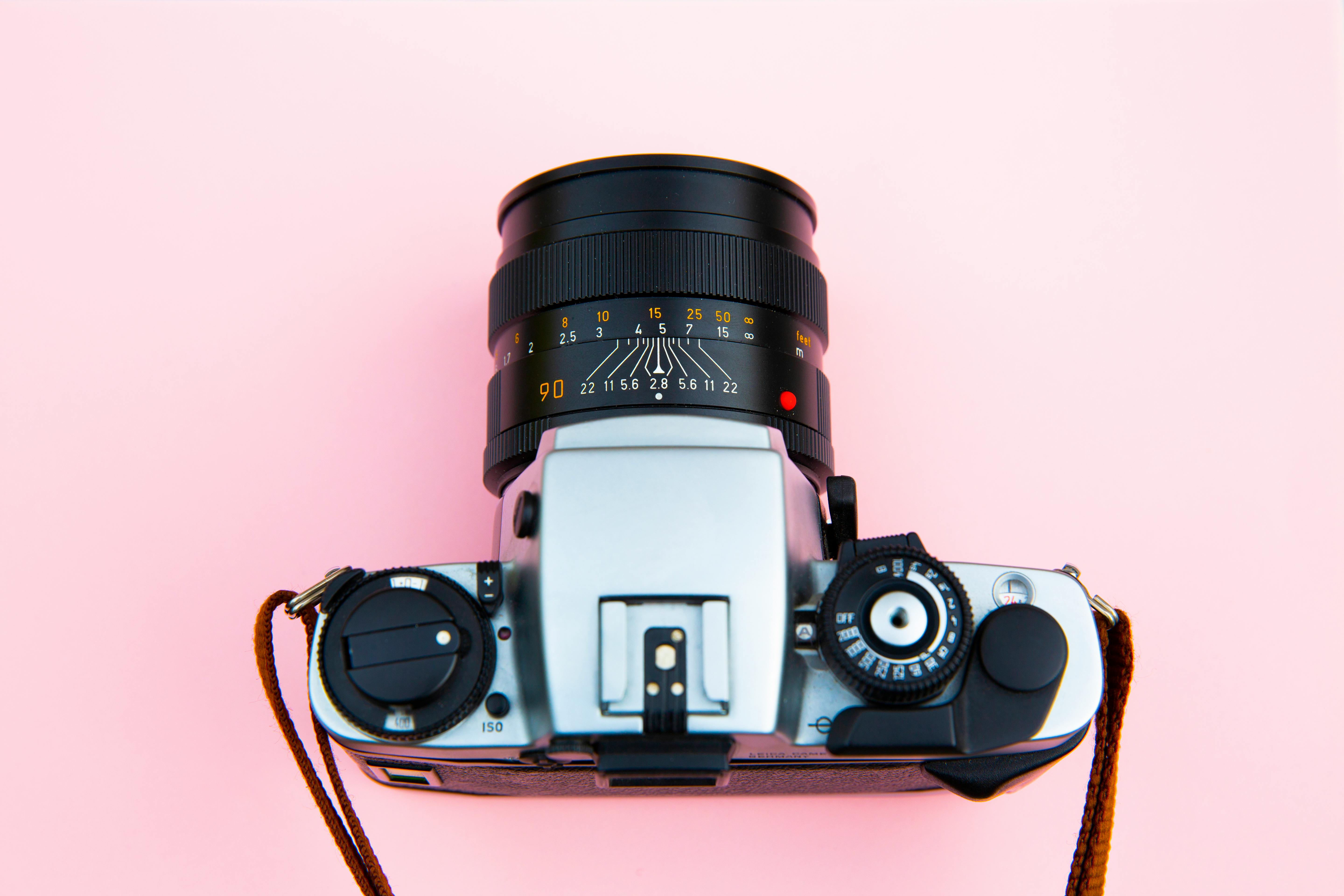Photography Tips for Top Quality Product Photos
Last updated: 07/08/2024, 12:10

High-quality product images are crucial for attracting buyers and ensuring successful sales. This guide provides photography tips to help you capture perfect images that showcase your products effectively.
Checklist
- Equipment
- Preparation
- Lighting
- Background
- Camera Settings
- Composition
- Post-Processing
- Common Mistakes to Avoid
- Conclusion
1. Equipment
While a high-end camera is beneficial, it's not necessary to get great results. Here’s a list of recommended equipment:
- Camera: A DSLR, mirrorless camera, or a smartphone with a good camera. Sell that old iPhone instead of using it to take pictures, nobody appreciates pixelated photos.
- Tripod: Helps stabilise your camera for sharp images. We’ve all seen those wobbly photos or videos. Prevent sea-sickness with a sturdy tripod.
- Lighting: Softbox lights, LED panels, or natural light sources are always best. Failing that, use your flash!
- Backgrounds: Plain white or neutral-coloured backgrounds. Avoid cluttered backgrounds, your great Aunt's feet or last night’s washing up.
- Reflections etc: Selling a mirror can be difficult. Don’t make it onto the online chain of funny mirror posters, get out of the way!
2. Preparation
Before you start shooting, ensure the following:
- Clean the Product: Remove any dust, fingerprints, or smudges.
- Set Up the Space: Clear the area where you will take photos to avoid distractions.
- Charge Batteries: Make sure your camera/phone and lights have enough power. Nothing worse than running out of juice as you’re about to take the headline photo.
3. Lighting
Proper lighting is crucial for high-quality images. Here are some tips:
- Natural Light: Use natural light from windows whenever possible. Avoid direct sunlight to prevent harsh shadows.
- Artificial Light: Use softbox lights or LED panels to create even lighting. Position lights at a 45-degree angle from the product.
- Avoid Mixing Lights: Use either all natural or all artificial lights to maintain consistent colour balance. Cameras and phones are pretty clever these days and will usually balance out the lighting you have.
4. Background
A clean, uncluttered background helps focus attention on the product.
- Plain Backgrounds: Use white or neutral-coloured backgrounds for a professional look.
- Consistency: Use the same background for all your product photos to create a cohesive look across your listings.
5. Camera Settings
Adjust your camera settings to get the best possible image quality.
- Resolution: Always shoot at the highest resolution available.
- ISO: Use a low ISO setting (100-400) to minimise noise.
- Aperture: Use a small aperture (high f-stop number) for greater depth of field.
- White Balance: Adjust the white balance to match your light source.
6. Composition
Compose your shots to highlight your product’s best features.
- Angles: Take photos from multiple angles to show all sides of the product.
- Close-Ups: Capture close-up shots to show details and textures.
- Scale: Include a reference object for scale, if necessary.
- Rule of Thirds: Use the rule of thirds to create balanced and visually appealing compositions.
7. Post-Processing
Editing your photos can enhance their quality and correct any issues.
- Crop and Straighten: Remove any unnecessary elements and straighten the image.
- Adjust Brightness and Contrast: Ensure the image is bright enough and has good contrast.
- Colour Correction: Adjust colours to ensure they accurately represent the product.
- Remove Imperfections: Use editing tools to remove any dust, scratches, or other imperfections.
8. Common Mistakes to Avoid
Avoid these common pitfalls to ensure your photos look professional.
- Poor Lighting: Ensure your product is well-lit to avoid dark or shadowy images.
- Cluttered Backgrounds: Use a plain background to keep the focus on the product.
- Out of Focus: Use a tripod and proper focus settings to avoid blurry images.
- Low Resolution: Always use high-resolution settings to ensure clear, sharp images.
9. Conclusion
By following these tips, you can create high-quality product images that attract buyers and enhance your listings on jogiton.com. Remember, great photos can really make or break a listing. Don’t shy away from the true condition of your item, this way the buyer will always know exactly what they’re getting.
Happy snapping!



